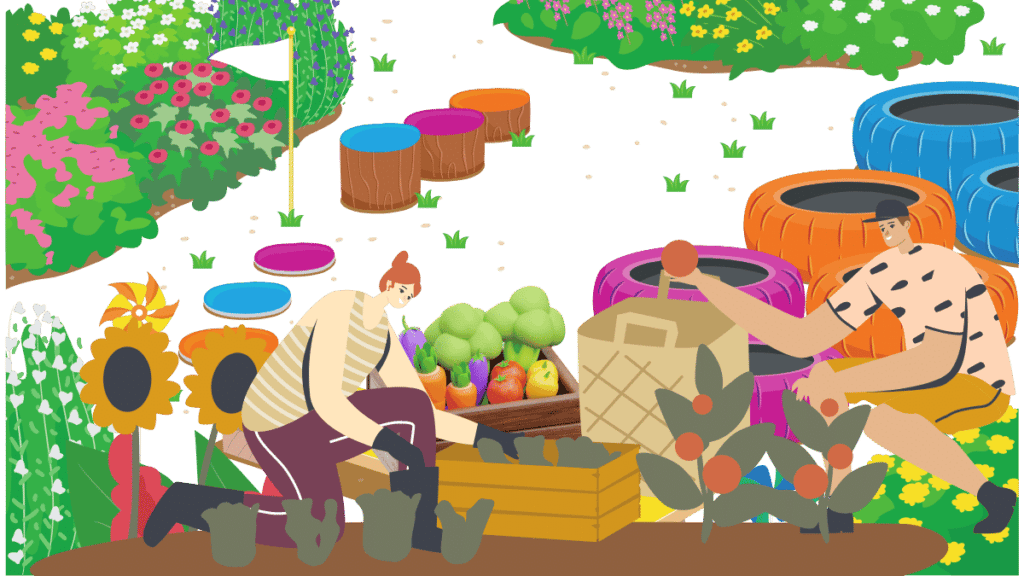Want to grow your own fresh produce at home? Here’s how to plan the perfect vegetable garden layout. After knowing how to start a vegetable garden, the ideal location and soil preparation. Planning a perfect garden should be your next step for a bountiful vegetable garden.

Are you ready to turn your backyard into a lush and thriving vegetable garden? Gardening can be a fun and rewarding hobby, but planning your garden layout can seem overwhelming. In this guide, we’ll walk you through the key steps in designing and planning a vegetable garden that works for you and your space. Whether you’re starting from scratch or revamping an existing garden, this guide will help you create a beautiful and functional garden.
How to Plan Your Perfect Vegetable Garden Layout – Step-by-Step Guide
Understanding Your Garden Space and Sun Exposure
First, take a look at your existing space. Do you have a sunny, flat area protected from strong winds? How much room do you have to work with? These factors will influence the size and shape of your garden.
Determining Soil Type and Drainage for Your Garden
Next, consider your specific gardening needs. Do you want to grow various fruits and vegetables or focus on one or two specific crops? How much time do you have to dedicate to maintaining your garden? Do you want a traditional in-ground garden or a raised bed garden? These considerations will help you determine the best garden layout for your needs.
Choosing the Right Vegetables for Your Garden and Climate
Once you’ve decided on the size and shape of your garden, it’s time to choose your plants. Consider factors like sun exposure, soil type, and water requirements when selecting plants for your garden. Make sure to choose plants that are well-suited to your climate and will thrive in your soil.
Sketching the Basic Layout
After selecting your plants, it’s time to map out your garden. Start by sketching out a basic layout, considering each plant’s sun exposure, soil type, and water requirements. You can use online resources or garden design software to help you with this step.
Using Companion Planting for a Harmonious Garden
When you’ve got a basic layout, think about how you want to arrange your plants. Grouping plants with similar needs together can make maintenance easier and help ensure each plant thrives. You can also use companion planting to create a more harmonious garden where plants work together to support each other’s growth and health.
Adjusting Your Layout as You Go
Finally, it’s time to start planting! Make sure to follow the recommended planting instructions for each plant, and don’t be afraid to adjust your layout as you go. A vegetable garden is a growing thing that will evolve as you make changes and tweak your layout.
Embracing Evolution in Your Living, Growing Garden
In conclusion, planning your vegetable garden layout is an essential first step in creating a thriving and productive garden. By considering your specific gardening needs, selecting plants well-suited to your climate and soil, and mapping out your garden, you’ll be on your way to creating a beautiful and functional garden. Happy gardening!

